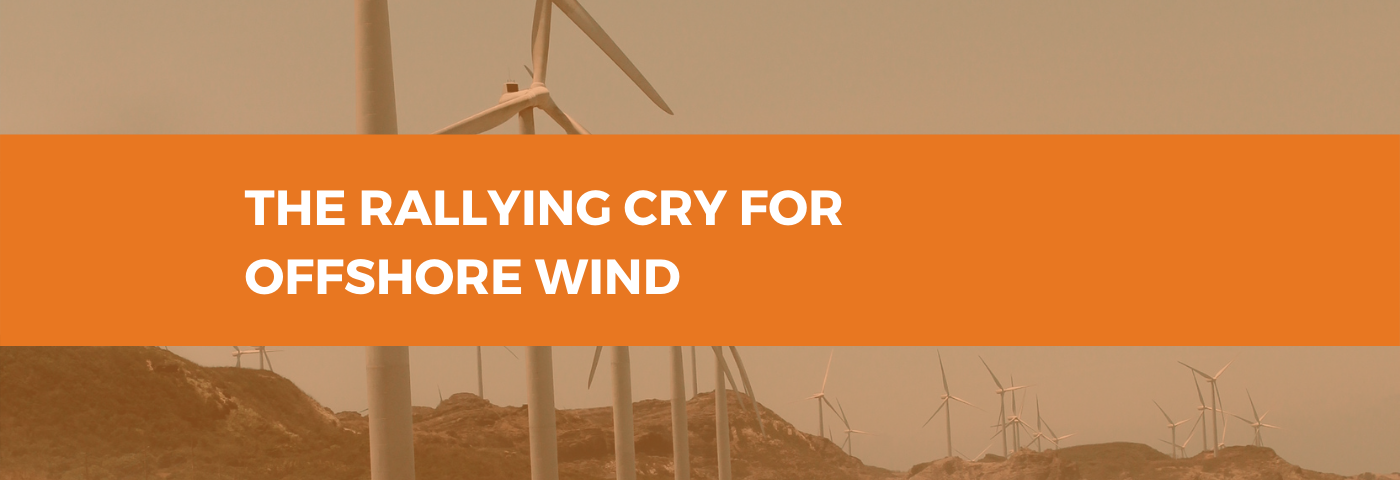
The UK is at the forefront of the global offshore wind market, but just how big a share of electricity demand could it satisfy?
Scott McCallum, partner in the clean energy team at Shepherd and Wedderburn
A combination of innovation, vision and dogged determination, particularly in the past decade, has driven what can only be described as seismic growth in renewable energy projects across the UK, notably in offshore wind. Over the course of three decades advising the UK energy sector, Shepherd and Wedderburn has seen (and helped implement) many changes – but who could have guessed that, come 2018, our small island would be sitting at the forefront of the global offshore wind market?
In 2008, Shepherd and Wedderburn embarked on what was, at the time, its biggest foray into the offshore renewables market, acting for a new joint venture – energy giant Siemens and independent developer Mainstream – bidding into the Crown Estate’s third, and biggest, offshore wind leasing round, securing a zone off the Yorkshire coast. Since then we have worked with some of the world’s largest developers, including Ørsted (formerly DONG Energy) and EDPR – helping to deliver more than 4GW of new offshore wind capacity in UK waters.
The UK was early to the party in offshore wind but other countries will happily entice developers to their shores given the time and space to do so. For that reason, it is critical the UK and its stakeholders maintain a viable project pipeline to exploit the remaining opportunities on our shores, which, in turn, would boost developer and supply chain confidence and investment. In the past five years we have seen developers and their supply chain slash costs to levels no one thought possible. Offshore wind can now hold its head high against more traditional energy technologies such as coal and nuclear – claiming the moral high ground on its green credentials without having the cost to consumers thrown back at it.
Some level of continuing government support remains absolutely necessary (as it does for all forms of energy generation). The current Contracts for Difference (CfD) support mechanism, which can give a generator some protection against electricity price fluctuation, is stretching much further than anticipated, allowing lots of clean energy to be deployed in UK waters in a cost effective way for consumers. But how much further can this go, and just how big a share of UK electricity demand could offshore wind satisfy?The Crown Estate and The
Crown Estate Scotland, in their capacity as ‘landlords’ of the seabed across UK waters, recently opened discussions on new offshore wind development rounds. The Crown Estate published an update on its plans in February 2018, which include engagement over summer with the potential for a formal leasing round either in late 2018 or into 2019.
In its update, the Crown Estate points out a number of challenges and opportunities:
An approach of allowing developers to identify projects within pre-defined (but wide) regions of seabed appears currently to be preferred.
This differs from the last leasing round (which defined specific zones) and is more akin to the earlier rounds.
At first blush the proposed approach seems sensible – granting developers greater flexibility to design around existing barriers and sensitivities.
It does, however, increase the risk that proposals could conflict with one another – and so developers will have to work together to identify, and if possible overcome, potentially problematic interactions.
The Crown Estate has also identified a number of factors which will need to be balanced and will ultimately dictate how ambitious total capacity for this new round will be.
View the original article on ShepWedd All-Energy micro-site: http://www.allenergy2018.com/

